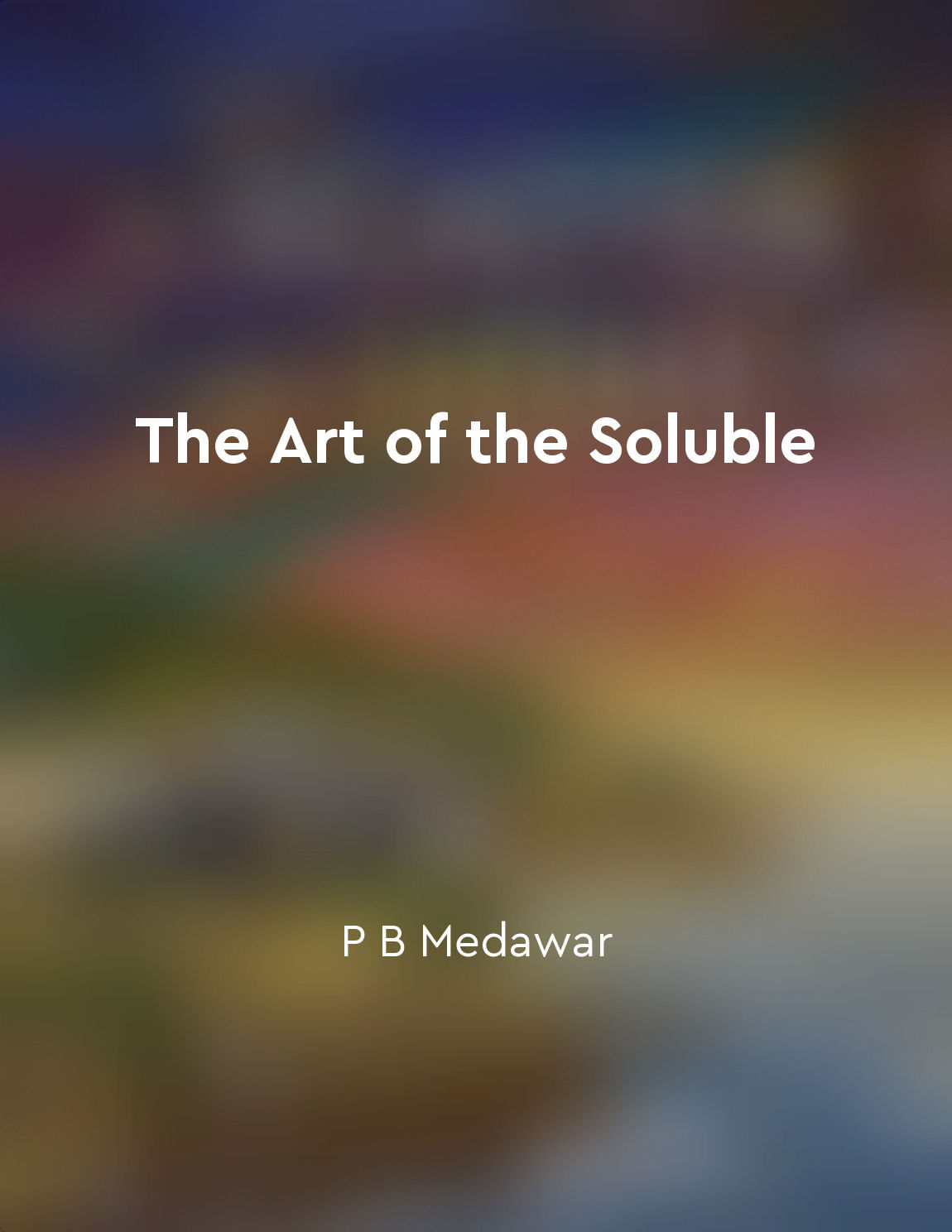Higgs mechanism generates mass in particles from "summary" of The Quantum Theory of Fields by Steven Weinberg,Weinberg S
The Higgs mechanism is a central feature of the theory of electroweak interactions. According to this theory, the particles that transmit the weak force - the W+, W-, and Z bosons - are not massless, as are the photons that transmit electromagnetism, but have mass. The Higgs mechanism explains how these particles acquire mass. The key idea behind the Higgs mechanism is the existence of a new kind of field, the Higgs field, that fills all of space. Like other fields, such as the electromagnetic field, the Higgs field can have waves propagating through it. But unlike the electromagnetic field, which is zero in its lowest energy state, the Higgs field has a non-zero value even when there are no particles present. Because the Higgs field has a non-zero value, particles that interact with it acquire mass. The way this happens is a little subtle. The particles that transmit the weak force - the W+, W-, and Z bosons - start...Similar Posts

A good scientist is humble and openminded
In the pursuit of scientific truth, humility and open-mindedness are essential qualities for any researcher. A good scientist m...
Satellites orbit Earth
Satellites, man-made objects launched into space, play a crucial role in modern communication, weather forecasting, navigation,...
Research
Research is the process of systematically investigating a subject in order to discover new information and expand our understan...
Renormalization is essential for accurate calculations
Renormalization is an essential part of quantum field theory, allowing us to make accurate predictions about the behavior of pa...
String theory aims to incorporate gravity into quantum framework
String theory seeks to go beyond the standard model of particle physics by incorporating gravity into the quantum framework. Th...
Virtual particles play a role in interactions
In quantum field theory, the interactions between particles are described by the exchange of particles that are not observed as...
Weak interactions are mediated by W and Z bosons
Weak interactions are mediated by W and Z bosons. These particles are responsible for the weak nuclear force, one of the four f...
